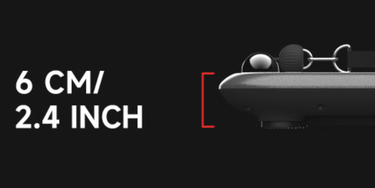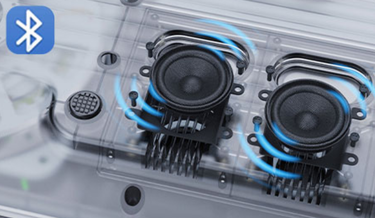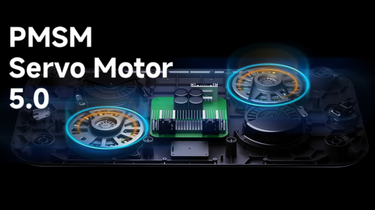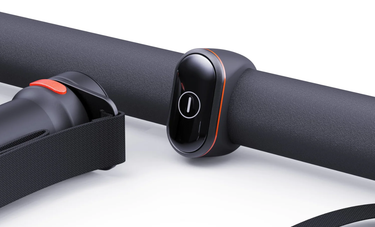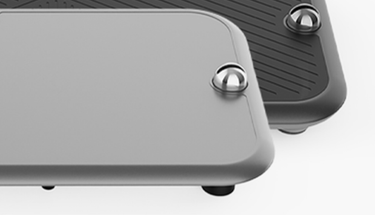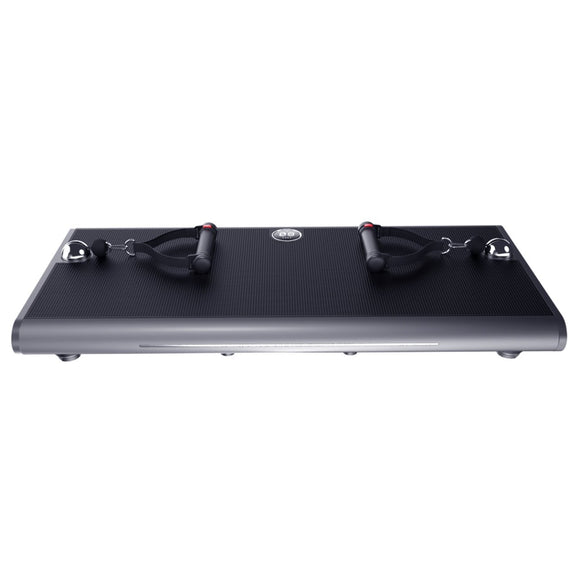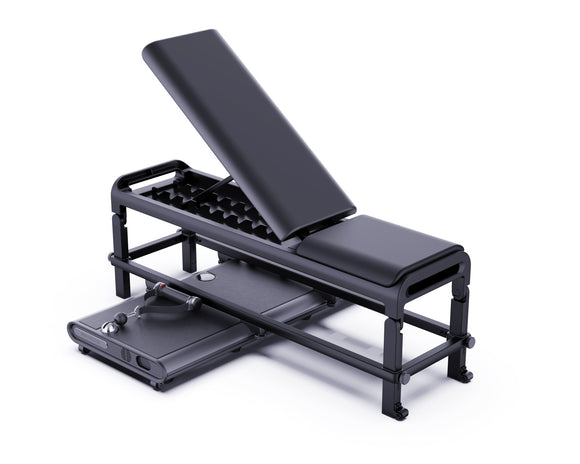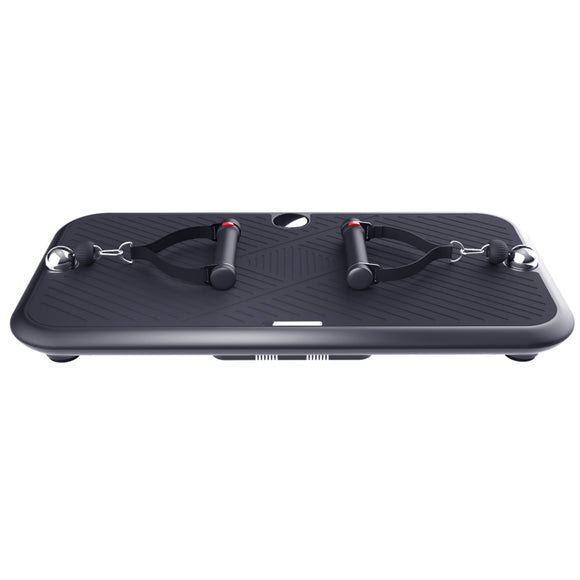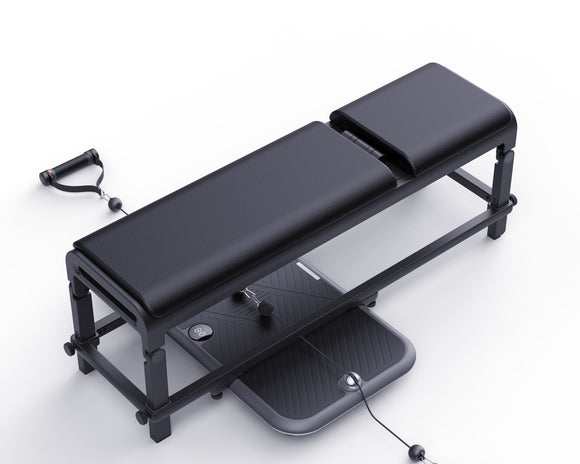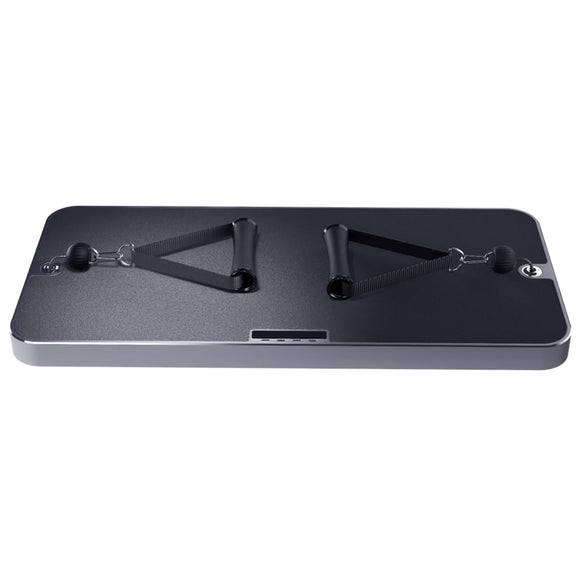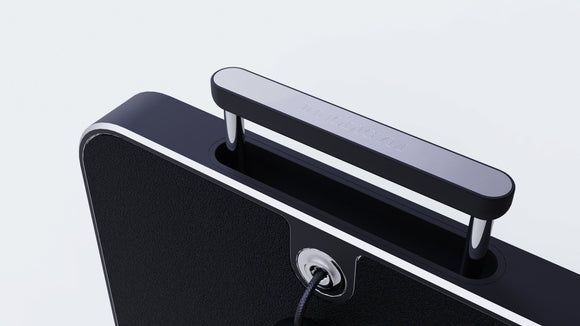What Does PR Stand for in the Gym? Understanding Personal Records and Their Importance
Use this text to share information about your store with your customers. Describe a product, share announcements, or welcome customers to your store.
If you’ve ever heard someone in the gym say, “I just hit a PR,” and wondered what they meant, you're not alone. PR stands for Personal Record, a term used to describe the best performance an individual has achieved in a specific exercise or fitness goal. Whether it’s lifting a new weight, running a faster mile, or completing more reps than ever before, hitting a PR is a major milestone in any fitness journey.
1. What Is a Personal Record (PR)?
In the gym, a PR represents the highest achievement you’ve reached in a particular exercise or physical challenge. For weightlifters, this could mean the heaviest weight ever lifted in a squat, deadlift, or bench press. For runners, it may refer to your fastest time in a 5K. A PR is a personal benchmark, meaning it’s all about surpassing your own previous best—not competing against others.
2. Why Is Hitting a PR Important?
Setting and breaking personal records is a key part of progressive overload, a fitness principle that involves gradually increasing the intensity of your workouts to challenge your body and improve strength, endurance, and muscle growth. By consistently striving to hit new PRs, you push yourself beyond your comfort zone, leading to continuous improvements in fitness.
Hitting a PR provides a sense of accomplishment and motivation. It’s a tangible way to see how much you’ve progressed, whether that’s lifting heavier weights, running faster, or increasing endurance. It’s also an opportunity to celebrate the hard work you've put in and gives you something to aim for next time.
3. How to Safely Approach PRs
While hitting a PR can be exciting, it’s important to approach it with caution. Pushing for personal records should be done strategically, especially when lifting heavy weights. Here are a few tips to safely pursue PRs:
- Warm up properly: Ensure you’re warmed up and your muscles are ready before attempting a PR. This reduces the risk of injury.
- Use correct form: Never sacrifice proper form just to lift more weight or complete more reps. Bad form can lead to injuries, even if you achieve a PR.
- Progress gradually: Don’t try to jump to a new PR too quickly. Gradually increase your load, intensity, or repetitions over time.
- Take adequate rest: Allow your body to rest and recover between PR attempts. Overtraining can lead to burnout or injury.
4. Examples of Common Gym PRs
Here are a few common areas where gym-goers aim to set PRs:
- Strength Training PRs: This includes personal records for major lifts like the squat, deadlift, and bench press. Many people aim to lift a specific weight for the first time or to lift heavier than they’ve ever done before.
- Endurance PRs: Runners, cyclists, and swimmers may aim to beat their best times or distances, such as running a faster 5K or biking for a longer time.
- Bodyweight PRs: This could involve completing more push-ups, pull-ups, or planks than you’ve ever done before.
- HIIT and CrossFit PRs: In high-intensity interval training or CrossFit, PRs might be related to the fastest completion of a workout or lifting a particular weight during a circuit.
5. Setting New PRs and Staying Motivated
Setting a new PR can feel incredibly rewarding, but it’s important to keep a balanced approach to fitness. While breaking records is a great way to track progress, fitness is also about consistency, form, and overall well-being. After hitting a PR, it’s essential to celebrate your success, but also to set new, achievable goals for the next phase of your fitness journey.

